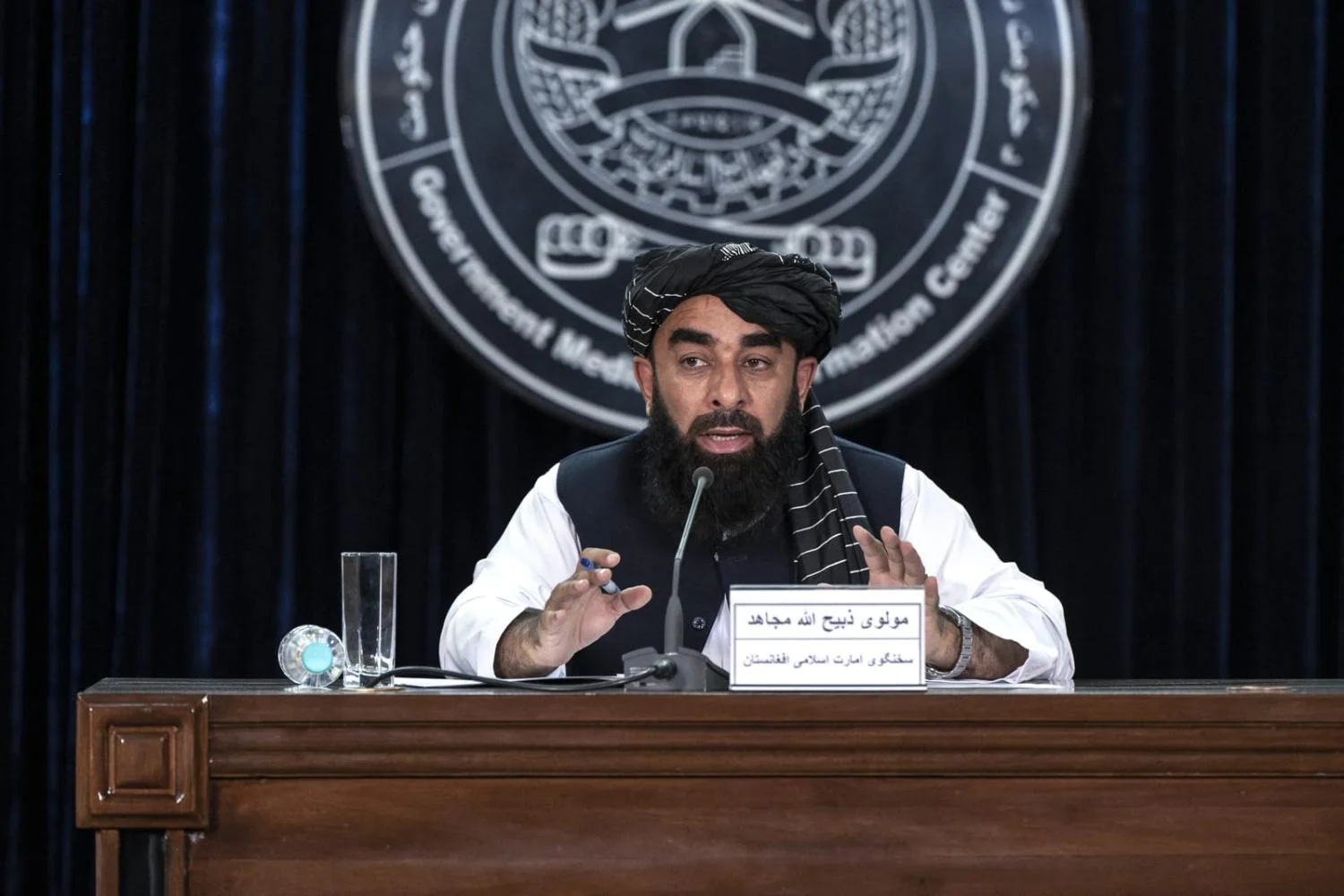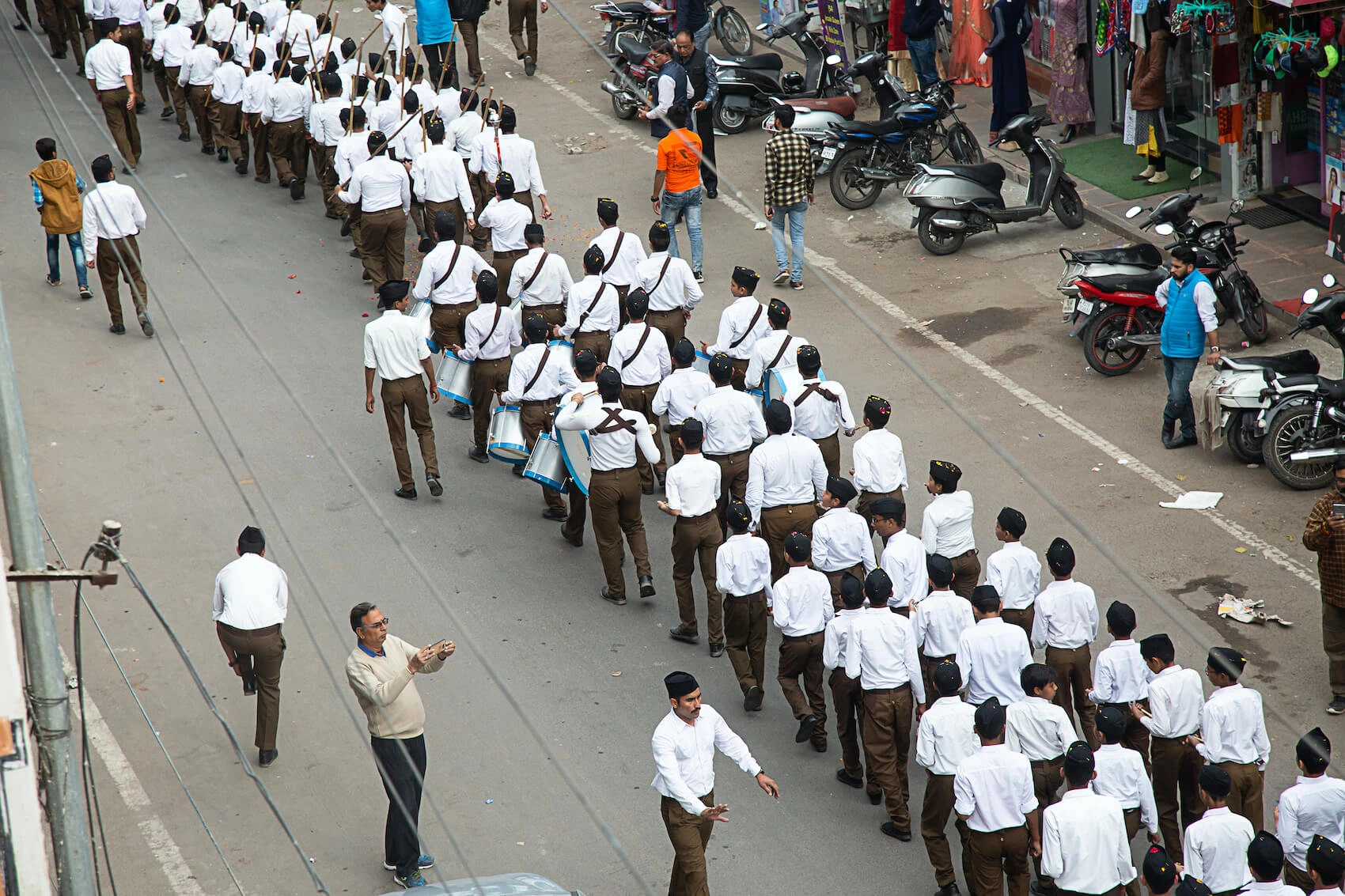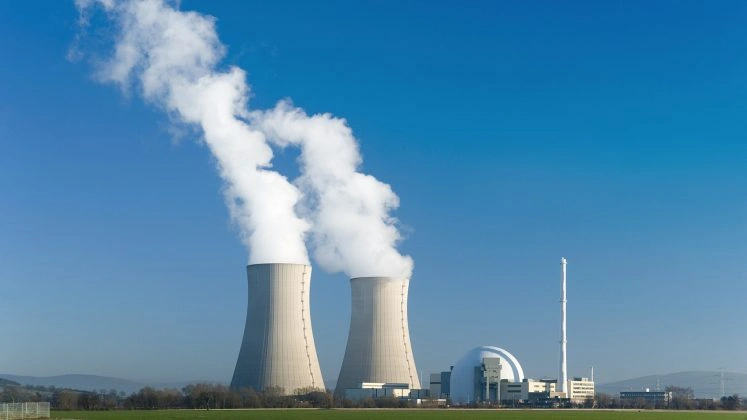For decades, the narrative of South Asia has been one of burgeoning economic growth, a story of a region on the rise, poised to reap the demographic dividend of its youthful population. Central to this narrative was the promise of a new, vibrant middle class, a powerful engine of consumption, a bedrock of social stability, and a testament to the region’s progress. Yet, as the dust settles on years of impressive GDP figures, a troubling reality is emerging: the middle class, the very symbol of South Asia’s economic aspirations, is proving to be a hollow one. While a select few have ascended to unprecedented levels of wealth, a vast and precarious population is trapped in a fragile existence, living on the edge of the middle class, but never truly secure within it. This is the story of the hollow middle, a story of growth that has failed to translate into broad-based prosperity and a stable, secure middle class for the majority of South Asia’s people.
The Flawed Promise of GDP
A key part of the problem lies in our very definition of progress. For too long, we have relied on GDP and GDP per capita as the primary metrics of economic success. While these figures may paint a rosy picture of a rising South Asia, they mask a dark and dangerous reality: the concentration of wealth in the hands of a tiny elite. The World Inequality Lab’s 2022 report highlighted this starkly, revealing that the top 1% of the global population captured 38% of all new wealth generated since 1995, while the bottom 50% received a mere 2%.
Nowhere is this trend more evident than in India. A 2024 report by the World Inequality Lab, titled “Income and Wealth Inequality in India, 1922-2023: The Rise of the Billionaire Raj,” found that in 2022-23, the top 1% of the Indian population held a staggering 40.1% of the country’s total wealth, their highest share since 1961. Their share of national income, at 22.6%, was the highest since 1922. In stark contrast, the bottom 50% of the population held a meager 3% of the nation’s wealth. This extreme concentration of wealth means that while the average income may be rising, the reality for most people is one of stagnation and insecurity. The “Billionaire Raj,” as the authors of the report term it, is more unequal than the British Raj it replaced.
This is the hollow middle in its starkest form: a society where the rungs of the economic ladder are being pulled further and further apart, leaving a vast and growing chasm between the super-rich and everyone else.
The Specter of Jobless Growth
The dream of a thriving middle class is a powerful one for a reason. A strong middle class is the backbone of any healthy society. It fuels domestic demand, drives innovation, and fosters entrepreneurship. It is a source of skilled labor, a crucial tax base for public services, and a powerful voice for political moderation and reform. For South Asia, with its immense potential and its complex social and political landscape, a stable middle class is not just an economic aspiration, it is a social and political imperative. It is the key to unlocking the region’s full potential and ensuring a future of shared prosperity and stability.
However, the foundation upon which this middle-class dream was built is proving to be shaky. The primary culprit is the phenomenon of “jobless growth,” and Pakistan’s real estate sector serves as a potent example. Propelled by government incentives and a culture of speculative investment, Pakistan’s construction sector has posted impressive growth numbers, expanding recent years. It contributes significantly to the nation’s GDP. Yet, this headline growth figure is deeply misleading.
A significant portion of this growth is not from productive construction that creates sustainable jobs, but from speculative trading in land and property. This activity, where plots are bought and sold for profit without any value being added, inflates GDP figures but generates almost no employment. Meanwhile, the actual construction work that does occur relies heavily on a vast, informal workforce with little job security or benefits. The Pakistan Institute of Development Economics (PIDE) has noted that the employment elasticity of this sector is remarkably low. This means a 1% increase in the real estate sector’s output creates a far smaller, almost negligible, increase in long-term, formal jobs. Thus, while the sector enriches a small group of developers and investors, it fails to build a stable employment base for the wider population, perfectly illustrating the “jobless growth” dilemma. This pattern is repeated across the region, where economic expansion is not creating enough formal jobs to absorb the millions of young people entering the workforce annually.
The Quagmire of the Informal Economy
Compounding the problem of jobless growth is the pervasive nature of the informal economy. A staggering proportion of South Asia’s workforce is trapped in the informal sector, toiling in low-wage, insecure jobs with no social safety nets and limited opportunities for upward mobility. According to some estimates, 85% of the total labor force in Bangladesh works in the informal economy..
These are the street vendors, the domestic workers, the construction laborers, the invisible engine of South Asia’s cities. While their contribution to the economy is undeniable, their own economic prospects remain bleak. They are the “nearly” middle class, the families who may have a television or a smartphone, but who are one illness or one economic shock away from destitution. Their inclusion in the formal economy is not just a matter of social justice, it is a prerequisite for building a sustainable middle class.
The Widening Gulf of Inequality
The hollowing out of the middle class is further exacerbated by the widening chasm of inequality. The fruits of economic growth have been disproportionately captured by a small elite, while the vast majority of the population has been left behind. In Sri Lanka, for instance, the top one percent of individuals own 31% of the country’s total personal wealth, while the bottom 50% hold less than 4%. The conspicuous consumption of the super-rich stands in stark contrast to the daily struggles of the lower-middle class, who are grappling with the rising cost of living, stagnant wages, and mounting household debt. This growing inequality is not just an economic problem; it is a social and political one. It erodes social cohesion, fuels resentment, and creates a fertile ground for populism and extremism.
The Path Forward: A New Social Contract
So, what is to be done? How can South Asia build a truly inclusive and stable middle class? There are no easy answers, but a few key priorities stand out. First and foremost, the region must move away from the paradigm of jobless growth and focus on creating quality jobs in the formal sector. This will require a concerted effort to promote labor-intensive manufacturing, invest in infrastructure, and create a more business-friendly environment. For instance, Pakistan ranks 108th in ease of doing business, India 63rd, and Bangladesh 168th; a lot can be improved here.
Second, South Asia must address the challenge of the informal economy. This will require a multi-pronged approach that includes simplifying regulations, providing access to credit and social security, and investing in skills development.
Third, the region must tackle the issue of rising inequality head-on. This will require progressive tax policies, stronger social safety nets, and greater investment in public services like healthcare.
Finally, South Asia must invest in its people. A well-educated and skilled workforce is the foundation of any prosperous society. By providing quality education and vocational training to its young people, South Asia can unleash their full potential and create a new generation of entrepreneurs, innovators, and leaders.
The challenge of building a stable middle class in South Asia is a daunting one, but it is not insurmountable. The region has the resources, the talent, and the dynamism to create a future of shared prosperity. But it will require a new social contract, a new vision of development that places inclusivity, sustainability, and social justice at its heart. The hollow middle is a warning sign that the current path is not sustainable. It is a call to action for governments, businesses, and civil society to work together to build a more just and equitable future for all of South Asia’s people. The time to act is now. The future of the region depends on it.






